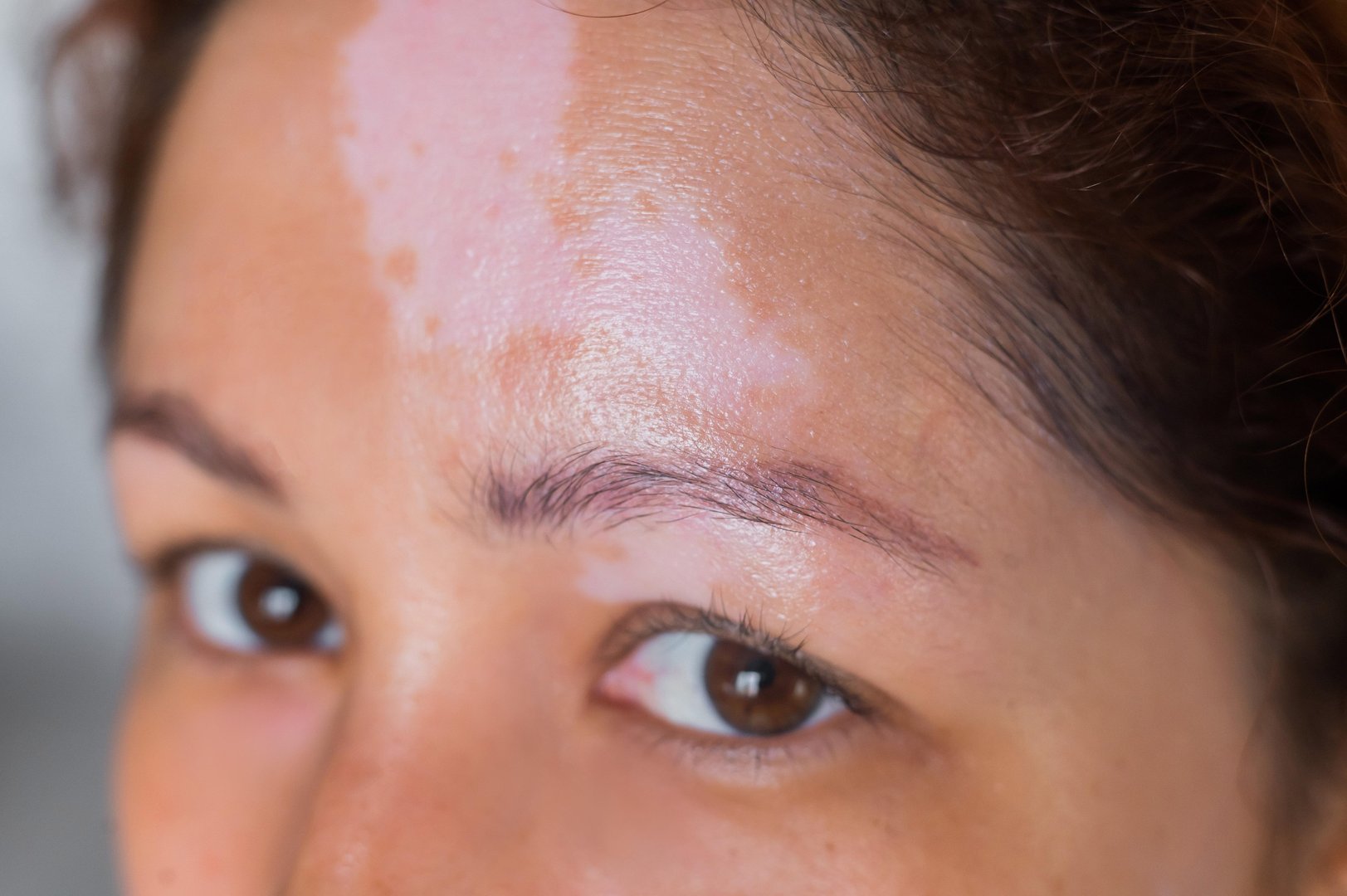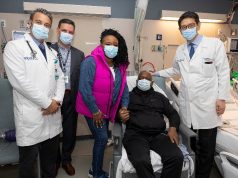Increased risk seen for those receiving allogeneic grafts and autologous grafts, as well as those with and without comorbid GVHD
By Elana Gotkine HealthDay Reporter
THURSDAY, Dec. 21, 2023 (HealthDay News) — Transplant recipients, especially those receiving hematopoietic stem cell transplant (HSCT), have an increased risk for vitiligo, according to a brief report published online Dec. 13 in JAMA Dermatology.
Chul Hwan Bang, M.D., Ph.D., from the Catholic University of Korea in Seoul, and colleagues conducted a population-based cohort study including data from the National Health Insurance Service database of Korea for patients aged 20 years or older who had received a transplant (solid organ transplant [SOT] or HSCT) between January 2010 and December 2017. Patients were compared to age- and sex-matched (1:5) controls who did not receive a transplant. Data were included for 23,829 patients who underwent SOT or HSCT and 119,145 controls.
The researchers found that the risk for vitiligo was significantly higher for patients who had undergone transplant than controls (adjusted hazard ratio, 1.73). Kidney and liver transplant recipients also had a slightly higher risk for vitiligo compared with controls, but risk was highest in HSCT recipients (adjusted hazard ratio, 12.69). Compared with controls, those who received allogeneic grafts, those who received autologous grafts, those with comorbid graft-versus-host disease (GVHD), and those without GVHD had a higher risk for vitiligo.
“The findings suggest that early detection and management of vitiligo lesions can be improved by estimating the likelihood of its development in transplant recipients and implementing a multidisciplinary approach for monitoring,” the authors write.
Abstract/Full Text (subscription or payment may be required)
Copyright © 2023 HealthDay. All rights reserved.








